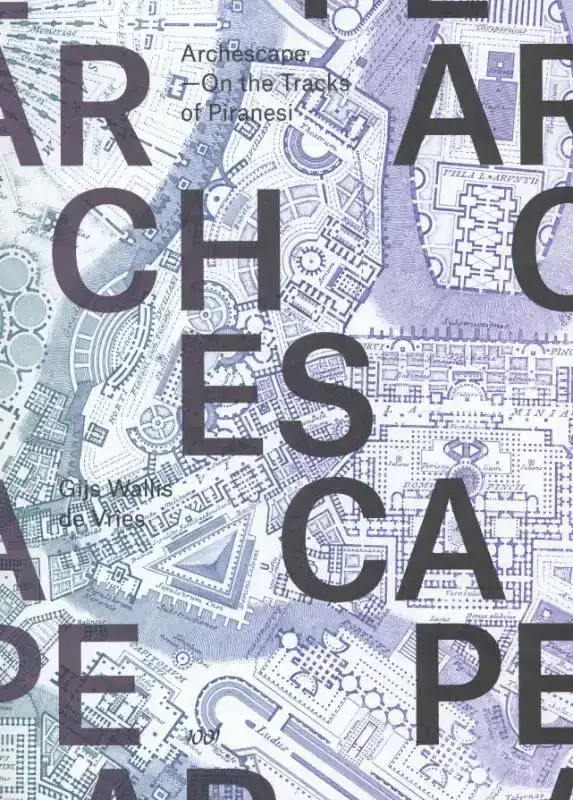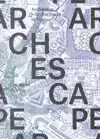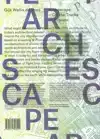WALLIS DE VRIES, GIJS
ARCHESCAPE
35,00incl BTW
Vertrouwd sinds 1927
Persoonlijke aandacht en advies
Vanaf 17,50 gratis verzenden NL & BE
Meer dan 150.000 artikelen online
Omschrijving ARCHESCAPE
What might Gianbattista Piranesi (1720-1778) contribute to today''s architectural debate? Could his vision of a pensile city inspire the city of tomorrow? Archescape is a new concept based on a reading of Piranesi''s Campo Marzio, his sublime reconst
ruction of ancient Rome. Archescape, a fusion of the words architecture and escape into a new ''scape'', addresses two issues: the city flight that tends towards the destruction of what it looks for, and the sprawling urban footprint that is unsustai
nable and blocks escape. It also conceives a way out: the creation of flight lines inside a dense city. What are flight lines? Can architecture frame them? Do they avoid the fatalities that affect the longing for escape? Could they minimize the impac
t on the earth while maximizing the contact with nature?
The book consists of three parts: a manifesto, a treatise, and a reverie. The escapist manifesto formulates an architectural theory on the basis of the flight line conceptualized by G
illes Deleuze: neither a line between two points, nor a derived function, but a line ''in between'' motivated by a primary drive that engages imagination, movement, and design. The treatise of the pensile city analyzes the verbal and visual discourse
of Piranesi''s Campo Marzio, considering both his other works and his position in his time. The reverie discusses contemporary interpretations of the Campo Marzio as a negative or positive utopia, as a Manhattanist archipelago, or as a field of wall
s, and culminates in strolls through a future archescape.
The text is illustrated by many images, a selection of which is reproduced in visual essays. The reader/viewer is invited to wander through landscapes, mapscapes, and flightscapes. T
his book is an atlas with many entries. It can be read in a linear way, following the argument as it unfolds from theory and history to design, randomly leafed for inspiration, or selectively searched for topics of interest. Besides the usual notes a
t the end of each part, discursive notes directly accompany the text, serving as a kind of subterranean guide.
ruction of ancient Rome. Archescape, a fusion of the words architecture and escape into a new ''scape'', addresses two issues: the city flight that tends towards the destruction of what it looks for, and the sprawling urban footprint that is unsustai
nable and blocks escape. It also conceives a way out: the creation of flight lines inside a dense city. What are flight lines? Can architecture frame them? Do they avoid the fatalities that affect the longing for escape? Could they minimize the impac
t on the earth while maximizing the contact with nature?
The book consists of three parts: a manifesto, a treatise, and a reverie. The escapist manifesto formulates an architectural theory on the basis of the flight line conceptualized by G
illes Deleuze: neither a line between two points, nor a derived function, but a line ''in between'' motivated by a primary drive that engages imagination, movement, and design. The treatise of the pensile city analyzes the verbal and visual discourse
of Piranesi''s Campo Marzio, considering both his other works and his position in his time. The reverie discusses contemporary interpretations of the Campo Marzio as a negative or positive utopia, as a Manhattanist archipelago, or as a field of wall
s, and culminates in strolls through a future archescape.
The text is illustrated by many images, a selection of which is reproduced in visual essays. The reader/viewer is invited to wander through landscapes, mapscapes, and flightscapes. T
his book is an atlas with many entries. It can be read in a linear way, following the argument as it unfolds from theory and history to design, randomly leafed for inspiration, or selectively searched for topics of interest. Besides the usual notes a
t the end of each part, discursive notes directly accompany the text, serving as a kind of subterranean guide.
Specificaties
- MerkDuizend En Een Uitgeverij
- GroepKUNST ALGEMEEN (640)
- Barcode9789071346002
- LeverstatusActief
Reviews
0.0/5.0
Gemiddelde uit 0 reviews
Meest behulpzame reviews
Nog geen reviews geschreven




